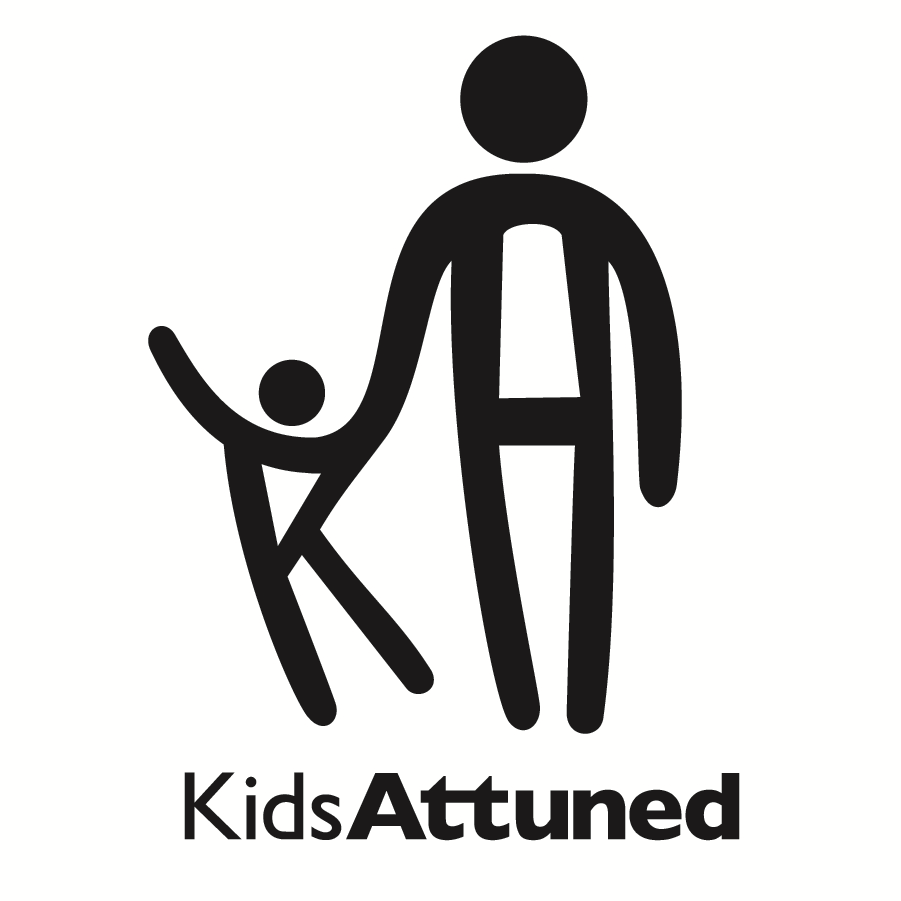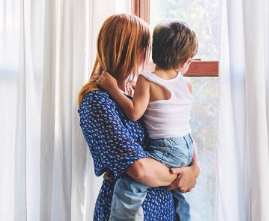Introduction:
One of the most challenging realities for children on the autism spectrum and their parents is the difficulty the children face with the development of communication, language, and speech. Each child’s profile is certainly unique and yet many, if not most of the children, struggle with some aspect of understanding what people are saying and expressing their own thoughts and feelings.
In this three-part sequence, Sima Gerber, Ph.D., CCC, an expert on the development of language and the disorders of language development, offers a story about one such child and his mother (Part 1); briefly explains the science behind the early development of communication, language, and speech (Part 2); and gives suggestions for parents of children who are at the earliest stages of developing language (Part 3).
This article is dedicated to the memory of Oliver Sachs who knew how to deepen our understanding of each person’s story and remind us of the humanity we share.
Part 1 – The Story
The mother is at a loss. Already the encounter is heartbreaking.
We watch her four-year-old child together – he looks out the window, runs across the room, back and forth, makes indecipherable sounds as he stares at his hand, opening and closing his fingers.
Mom smiles blankly and continuously. I think I know what’s on her mind. Have you ever seen a child like this? When I ask her to play with him, she can’t catch his eye or get a smile from him or entice him to talk….. she says in fact, she has no idea of what to do with him.
This is where we start, with a sense of overwhelming challenge that I keep to myself. What this mother needs is clarity and warmth. Where could we even begin? We start by rethinking the child’s intervention program. No, I don’t think it’s important to teach him to name flashcards although yes, other 4-year-olds could do that; no I don’t think it’s a priority to teach him to pretend to cook, although other 4-year-olds enjoy that. I think Mom knows all of this, and yet, I worry about how she will bear the burden when I say ‘the most important thing is enjoying Billy, despite the fact that it is difficult to do’.
This part is hard. How will we explain to Mom that she has to ‘work on’ mutual love between herself and her son, something that happens easily and effortlessly for most mothers and their children? Because her child is at such a loss for how to show his love, this Mom is going to have to dance with a child who doesn’t know the steps, mind read a child who doesn’t send coded messages, and delight in everything he does, even though she and he have different ideas of what’s delightful. She will have to help her child, for whom meaning is elusive, to make meaning, bit by bit, and for all the things that children come to grasp.
And others should not distract this mother and child from the real work they have to do – to make a human connection. There really is only one goal for this Mom and her son – to find one another. With this, the child can begin his search for personhood; but first he and his mother will have to come together in a joyful, tender, loving way.
In this room, we are all at a loss – Mommy, child, and therapist. But one of us has to ‘hold’ this heartbreaking reality, have ideas, communicate hope, and try to help them move from lost to found.
References:
Bronfenbrenner, U. (1979). The ecology of human development: experiments by nature and design. Cambridge, Mass.: Harvard University Press.
Gerber, S. and Prizant, B. (2001). A developmental approach to assessment and intervention with speech and language challenges.
In Clinical Practice Guidelines: Redefining the standards of care for infants, children, and families with special needs. MD: ICDL Press.
Hatkoff, A. (2007). You are my world: How a parent’s love shapes a baby’s mind. NY: Stewart, Tabori, and Chang.
Nelson, K. (2007). Young minds in social worlds. Cambridge: Harvard University.
Siegel, D. (2012). The developing mind: How relationships and the brain interact to shape who we are. N.Y.: Guilford Press.
Enter the text or HTML code here

